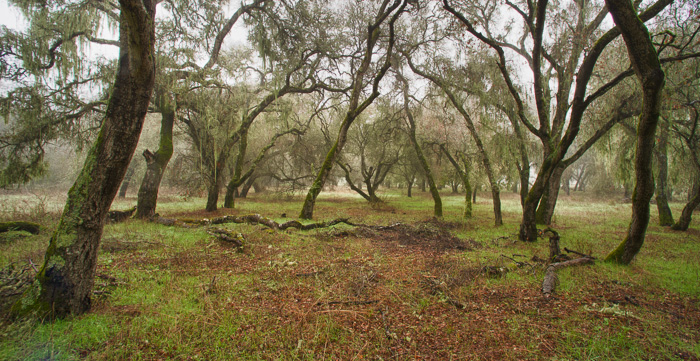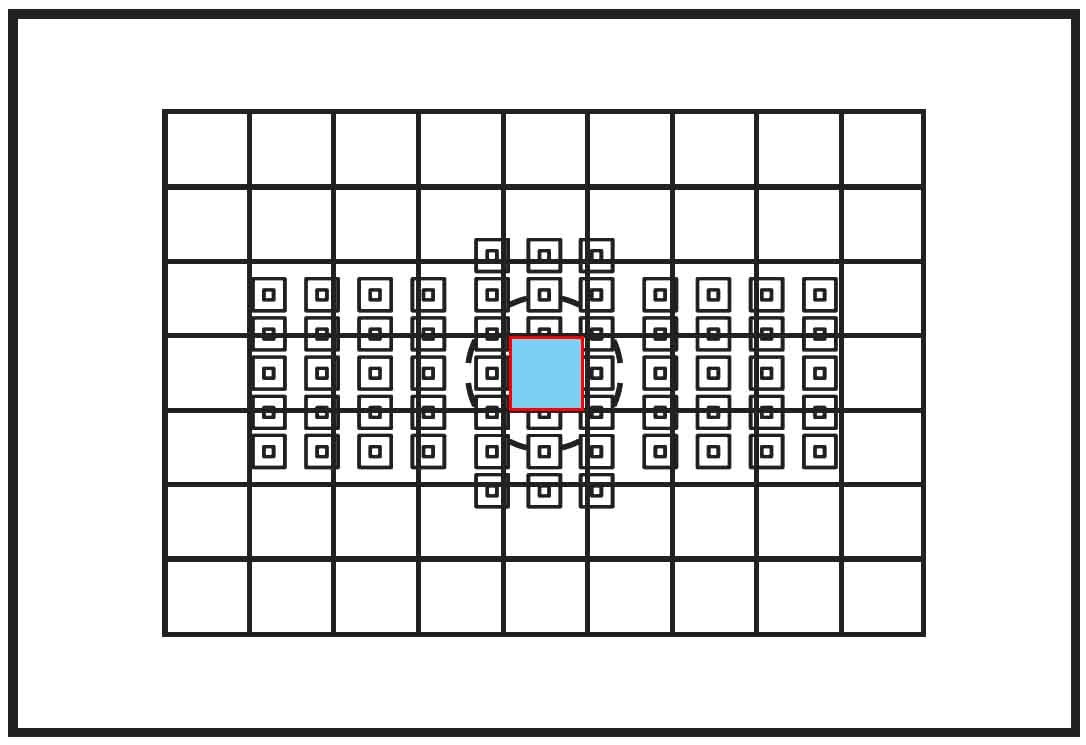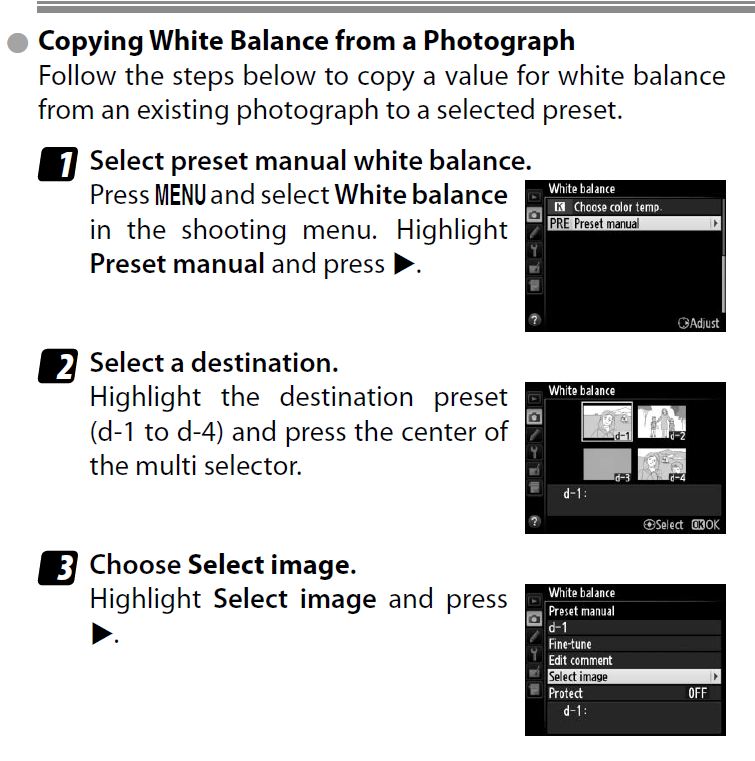The Leica M9, like the Sony NEX-7 and unlike the Nikon D4 and D800, does not allow you to set color balance from a stored image. You press Set, then click on Manual, then take a picture of a magenta screen and you’ve set the color balance. Then you take a picture of anything, shut… [Read More]
Testing for ETTR, part 9
Today I set the white balance on the Sony NEX-7 to approximate the true raw histogram by photographing a magenta test image on the computer screen. The NEX-7 does not allow you to set color balance from a stored image; you must go to the Brightness/Color menu, pick White Balance, and then pick Custom Setup…. [Read More]
Spotmetering for ETTR — testing
In the preceding post and an earlier one, a reader proposed an ETTR technique that I will summarize in Zone System terminology: Place the brightest significant highlight on Zone VIII. A simple way to achieve this is to set the metering mode on a (Nikon — see the comment for Canon technique) DSLR to spot,… [Read More]
ETTR by spot metering, part 2
Shortly after I made this post, the reader who made the initial suggestion sent me an email with some comments and clarifications. I’ve quoted it below in two sections. Spot meter is in camera….1.5 percent in 5d3. Easy to see coverage if you know where it is. So it is pretty easy to do this… [Read More]
Testing for ETTR, part 8
In a comment to this post, a reader asked me to compare the ad hoc color balance adjustment technique that I developed a few days ago with the UniWB technique. I’d not been aware of that approach. It turns out the goal is the same: to get the in-camera histogram to approximate the true raw… [Read More]
- « Previous Page
- 1
- …
- 322
- 323
- 324
- 325
- 326
- …
- 382
- Next Page »




